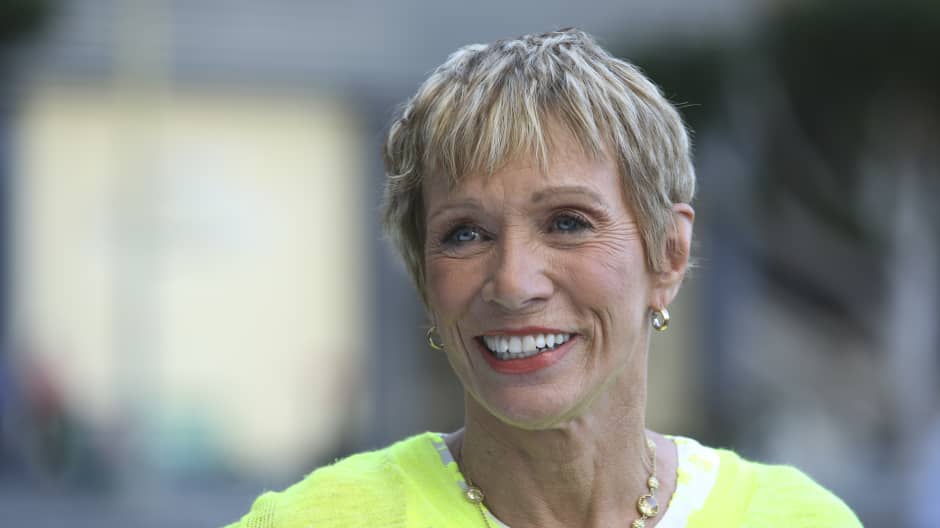
The key to making a fortune in real estate, says Barbara Corcoran, who sold her real estate empire, The Corcoran Group, for an astounding $66 million in 2001, “is to always buy in the up-and-coming areas.” You’ll get in at a lower price and, if you make a smart bet, you’ll see “tremendous appreciation,” she says.
Corcoran’s strategy for finding the next hot spot is unconventional but effective: “What I’ve always done is I’ve asked my very nice, very young waiters at new, posh restaurants: ‘Hey, where are you living?’ They’ll always cite a neighborhood I’ve never even heard of and then I go out there and shop for real estate.”
After all, “if people are talking about it, it’s already been up and it’s already coming. Too late for that.”
Corcoran was ahead of the curve when she shopped in the Bedford-Stuyvesant neighborhood in Brooklyn 15 years ago and the South Bronx 10 years ago. She didn’t buy in these now trendy areas “because I knew anything that anyone else didn’t know,” she says, “but because I paid attention to the creative community and where they were migrating.
“You will always find the up-and-coming area if you follow their lead.”
Real estate mogul Sidney Torres also looks to buy properties in up-and-coming neighborhoods — or, as he calls it, the “sweet spot” between the fancy areas and the fringe.
His strategy for finding that sweet spot is to drive around and pay attention: “When I’m looking through neighborhoods, the first thing I look for is, is it clean? Is there litter all over the ground? Are there tree branches that are laying around? Are they trimming the trees? Are the neighbors cutting their grass? … Are the streets paved? Are there a lot of potholes?”
The way the city takes care of the neighborhood can be a good indicator of whether or not the area is on the up-and-up, he says: “If a city is not taking care of the potholes and they’re not trimming the neutral ground, that means that they don’t think this neighborhood is that great. But when you have an area where it’s all manicured, the litter is picked up — that shows that the city is investing money in this area because they believe in it. They see it coming up.”
“If people are talking about it, it’s already been up and it’s already coming. Too late.”
You may come across a neighborhood that has a mixture of positive and negative signs. Maybe the streets are well paved, but there’s trash on the ground. “In those situations, I drive the entire neighborhood, and I drive outside the neighborhood, ” says Torres. “That way I get a feel for, is it closing in? Is the value starting to bump up as it’s closing in?”
Think you’ve got a fix on the next hot neighborhood? Both Corcoran and Torres suggest walking or driving around when it’s dark out, too, and not just when it’s light.
“Before I buy anything, whether I’m building a resort or I’m just looking to develop a small shotgun house, for me, it’s really important to see the sun rise and the sun set,” says Torres. The neighborhood could have a completely different feel at night, he points out: “Are there really big street lights that create this light pollution that creates a weird feel for the house in the neighborhood?”
Plus, if you go in the evenings and later, says Corcoran, you’re going to see more of the area’s true character. “Nightlife happens in every up-and-coming area first,” she says, “long before the benches are safe to sit on, the flower boxes are in and the baby carriages come in.”
[“source=cnbc”]




